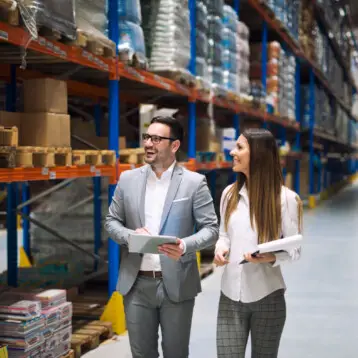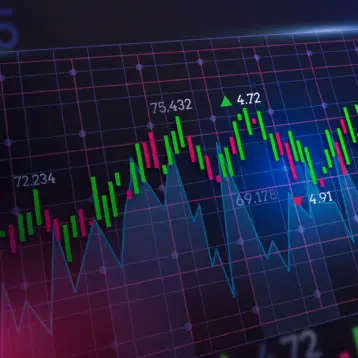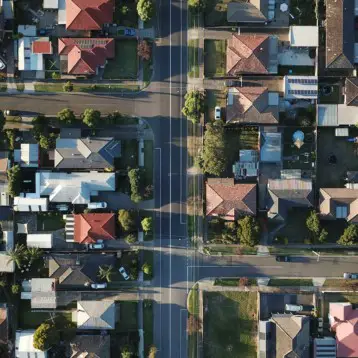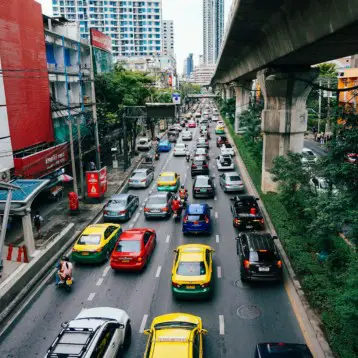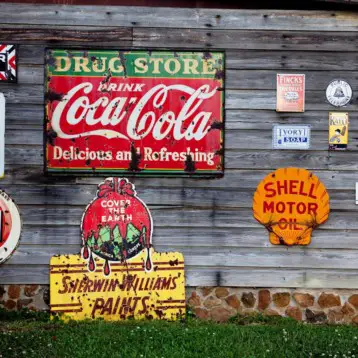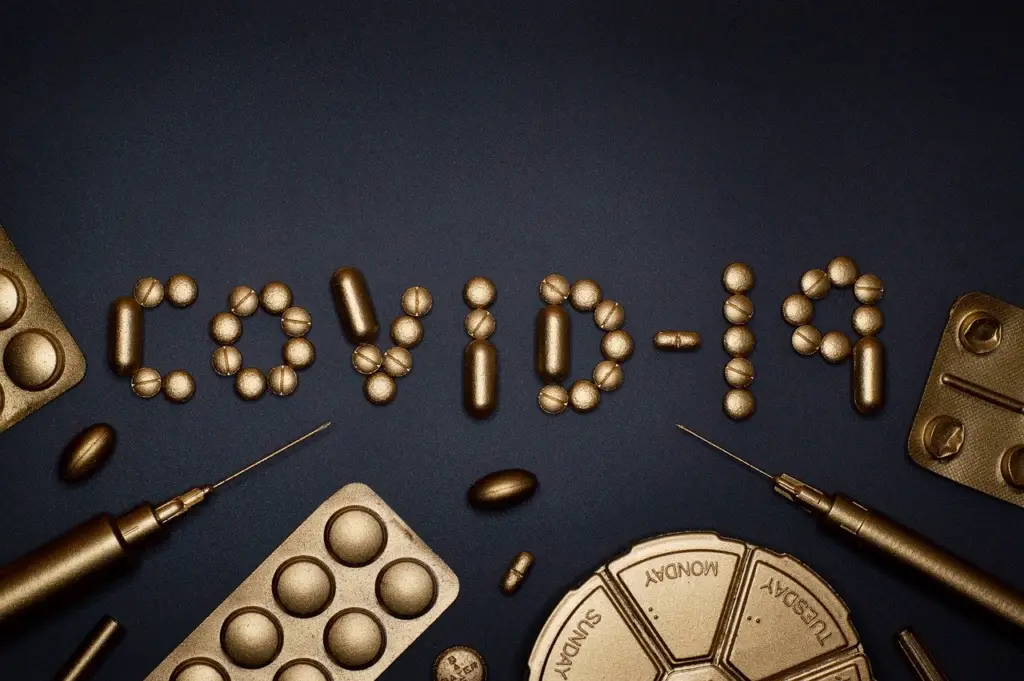
Packaging has always been essential. However, it continues to develop even more due to the COVID-19 pandemic. Additionally, consumers change their buying patterns, focus on sustainability, and increase safety and health expectations. This makes a new challenge for the packaging industry.
It’s safe to say that COVID-19 has changed people’s way of shopping.
By just running out to the grocery store may already carry health risks that are not considered before. That is why consumers opt to shop online shopping as the safest choice and makes packaging design more critical than ever. However, the packaging design must accommodate the shipping rigors and preserve the expected unboxing experience.
So, how COVID changes the packaging world?
New Focus on Traceability and Engagement Through Smart Packaging
Smart packaging promotes consumer engagement. Brands aim for a closer and deeper relationship with their customers. This makes them take extra effort in creating a wider availability of user-friendly and consumer-focused packaging.
E-commerce and international trade grew considerably during the pandemic. As a result, there is a heightened demand for smart packaging. That is to verify the goods’ authenticity. With smartphone technology proliferation, brands can communicate with their customers through RF circuitry or QR codes more easily.
Opting to Pre-Packaged Processed Foods
Consumers today prefer processed foods that are shelf-stable for longer times, especially that it is safer to prepare food at home. So, it’s no surprise why they stockpile pre-packaged processed foods.
The scenario calls for a new challenge in the packaging industry since market trends used to favor fresh and preservative-free foods. Consumers see processed foods as a safe and smart choice when they are ordered to stay at home.
On-demand Equipment Necessity
During the pandemic, packaged items such as medical devices, pharmaceuticals, and food products pose an increased demand. That is why manufacturers and contract packagers scaled up the production process.
To make it happen, they opt to on-demand packaging equipment that promises quick delivery. The in-stock packaging machines are designed to be to the customers as immediately as possible.
Huge Shifts in Food Service and Retail Packaging
Most restaurants needed to shut down or provide delivery services during the emergence of the pandemic. However, even after food establishments reopened, many customers visit them less often than usual. Many of them choose to stockpile food items, which resulted in a struggle for grocery stores to keep their shelves full.
Many CPG companies consider keeping up with the demand as their biggest challenge during these changing times, while others see plummeting demand as their biggest challenge. Meanwhile, CPG companies serving both the foodservice and retail market struggle with supply chain interruptions. They also struggle with suppliers that cannot keep up with the changing demand.
Appreciating Single-Use Packaging
The packaging industry was known to promote waste reduction and sustainability for the past years. While these concerns remain important, single-use packaging gains more importance since consumers are now concerned about hygiene.
During the global health crisis, people want to know about the product they are purchasing. They also want to ensure that only a few people handle the packaging to prevent health risks. From a sanitary point of view, single-use packaging has limited access or handling of the inner products.
Increased Packaging Automation Due to Labor Shortages
Manufacturers and contract packagers experience a qualified workers shortage even before the COVID. The shortage became compounded and more complicated since the world is unsure of how to handle the global health crisis while running their businesses.
Many businesses are experiencing a hard time making their employees come to work, while others struggle from maintaining social distancing in terms of manual packaging lines.
With packaging automation, reliance on human labor uncertainties is reduced. That automaton becomes essential during the pandemic. A single operator can efficiently run all packaging machines rather than have multiple workers cramming into a limited packaging space. Packaging automation processes also mean less handling by humans, resulting in increased accuracy, safety, and efficiency.
Innovation Opportunities Creation
Many companies may slow down due to the pandemic, but they are starting to keep up. They tend to lack time and resources right now for innovation initiatives or R&D projects. As for the well-established companies, they experience the opposite. Business slowdowns create a unique opportunity to maximize efficiencies, emerge to be stronger, and examine innovation options.
Lots of well-managed CPG companies use the slow times to have new lines, equipment upgrades, innovations, and plant improvements. That way, they become more efficient once better days return.
Massive E-Commerce Demand
With e-commerce skyrocketing, market segments are seen with increased demand like coffee subscription services. Many consumers are now signing up for artisan coffee delivery services.
Modified Atmosphere Packaging (MAP) is already seen with increased demand as e-commerce continues to grow. During the pandemic, shopping trips are reduced, and most consumers choose to order products online that are shipped to their homes or businesses. This results in high demand for products with longer shelf lives. From a packaging standpoint, manufacturers keep up with this demand through MAP.
MAP technologies are an incredible addition to packaging processes that can reduce the package’s ambient oxygen amount. As a result, package content’s oxidation rate is reduced while extending their shelf life.
MAP can either be active or passive. It can be active in a way that it involves pumping nitrogen gas into the package before the sealing process for oxygen displacement. It can also be passive because it uses multi-layered impermeable packaging films for package contents maximum protection against oxygen.
Overall, MAP technologies can increase perishable products’ shelf life by weeks or even months.
Conclusion
The COVID-19 pandemic has changed the world, and the packaging industry has no exemption. While some changes seem to like to be temporary, others can be far-reaching shifts that massively change the way the packaging industry is operating.
On the bright side, the packaging industry is expected to be resilient and in demand. Food processing and packaging industries displayed low vulnerability to economic impacts as a result of the pandemic.


